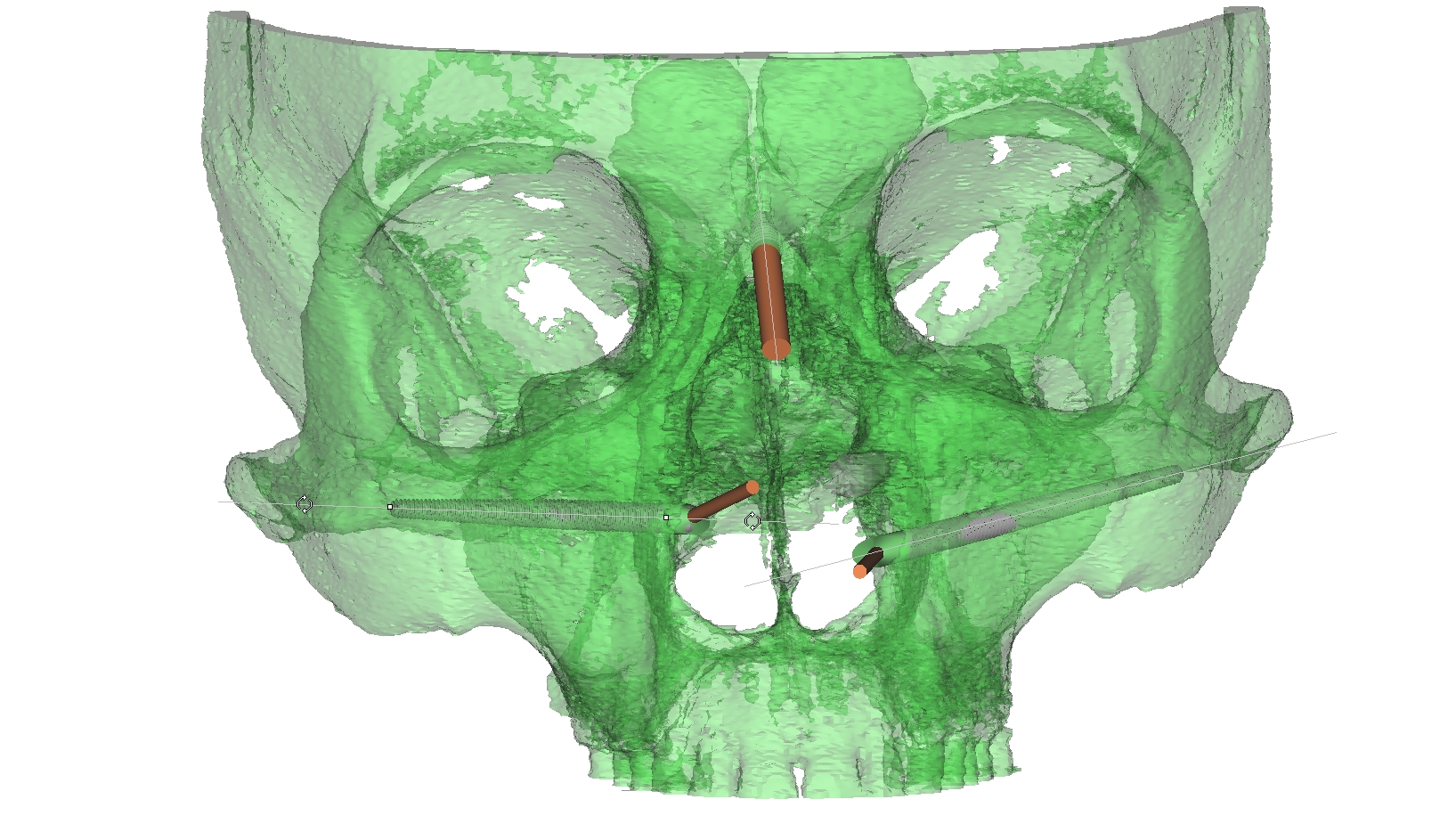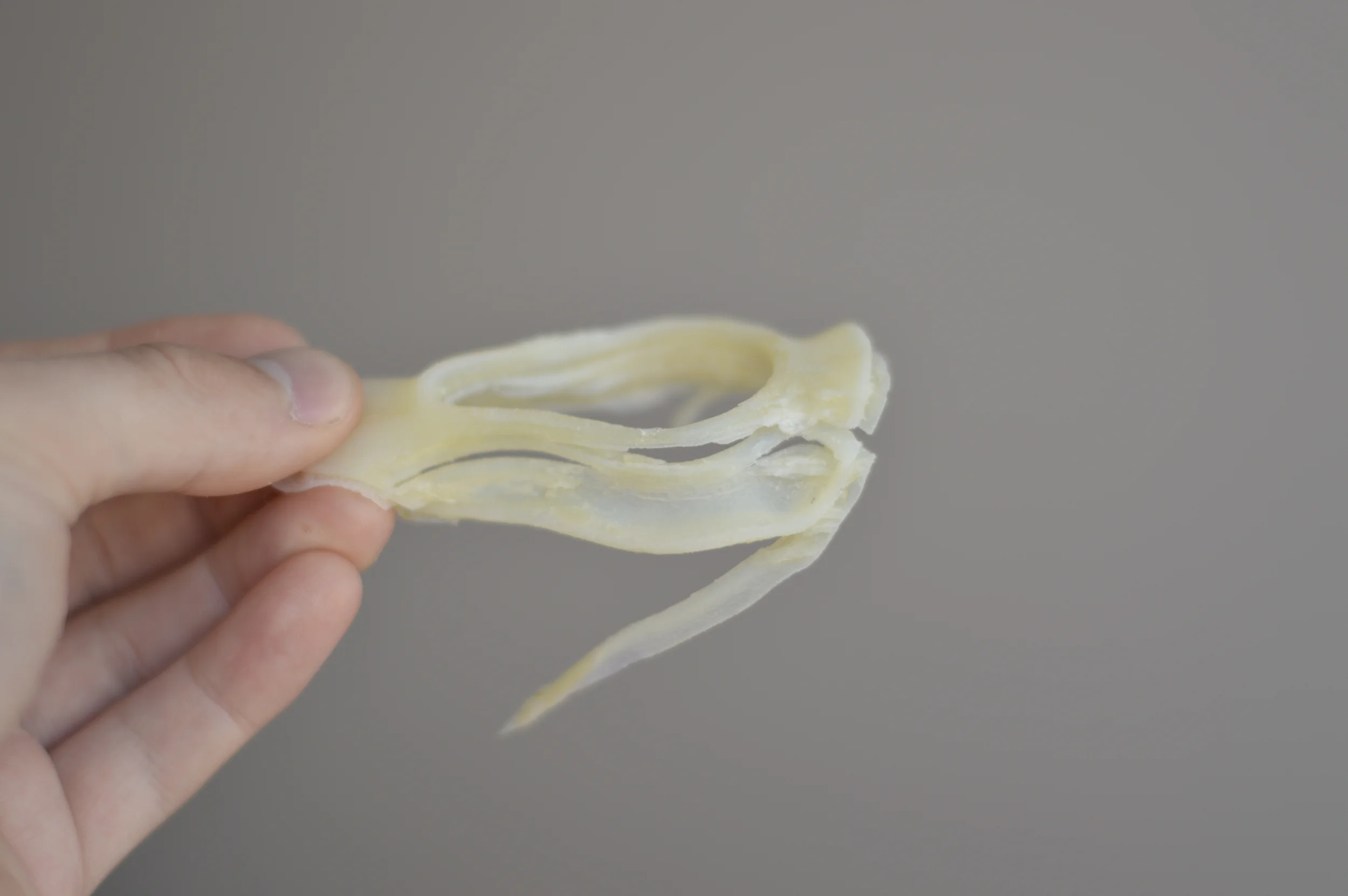DIGITAL PROSTHETICS
This project is my Masters Thesis. It explores modern manufacturing processes and digital making methods in to create a facial prosthetic that can adhere and adapt to the dynamism of the human body. 3d Scanning, Parametric Design Software and Multi-Material 3d Printing were the main elements that were used to design, build and test prototypes throughout the process.
Research
The thesis began with research into our participant. We discussed the difficulties he experienced with his current prosthetic nose and researched the making process of a traditional facial prosthesis. A group of designers, Myself, Bernard Guy, Ross Stevens and Julian Goulding began exploring the field of facial prosthetics from an industrial design perspective using digital design technologies. We worked with an Oral and Maxillofacial Surgeon, Wayne Gillingham and A patient of his who wears a prosthesis after the removal of his nose due to a Melanoma.
In order to digitally model a prosthesis it's imperative to have the morphology (the physical landscape or topography) of the client. We collected this data using a 3d Scanner instead of the more traditional molding process. We obtained the data first using a kinect scanner but moved up to the Artec Spider in order to increase the accuracy of the scan. This data was combined with MRI data to obtain the clients original nose shape and the location of implanted magnetic abutments that are used to position and retain the prosthesis.
The advantages of creating the prosthetic digitally, over traditional methods are numerous. The scanning process replaces a traditional moulding process, similar to a dental mold. This can be invasive and time consuming and a mold can be rendered obsolete as the patients grows or as their flesh swells and heals. It can often take a day to create a mold where as a scan can be obtained in minutes, without any physical contact with the patient. The digital nature of the 3d scan means that patient data can be shared with relevent medical personnel quickly, anywhere in the world.
A digital prosthetic is also customisable and adaptable. It means that the patient can view the prosthetic before it is made and suggest any changes or potentially customise the prosthetic for a specific purpose.
Design Process
Our prosthesis was customised for physical activity. Currently our client fears dislodging and damaging his expensive traditional prosthesis which can limit his activity. The prosthesis we developed was low cost (1-2 hundred dollars rather than thousands), and 3d printed making it easily replaceable; could be worn for physical activities without the fear of damaging an expensive traditional prosthetic, and a few spares could be kept to replace the prosthetic if lost or damaged.
The prosthesis has two parts, an outer facade based on the clients morphology and an inner guard. The external facade is loosely attached to the guard via magnet so that if it is knocked off, the guard, flat against the morphology of the face, remains in place to protect the extremely sensitive nasal cavity. Our prototypes were produced using a 3d printing process in which hard and soft materials can be mixed during the print process to create a variety of material densities. This process was used to match the prosthesis' flexibility with the dynamism of the human face.





































